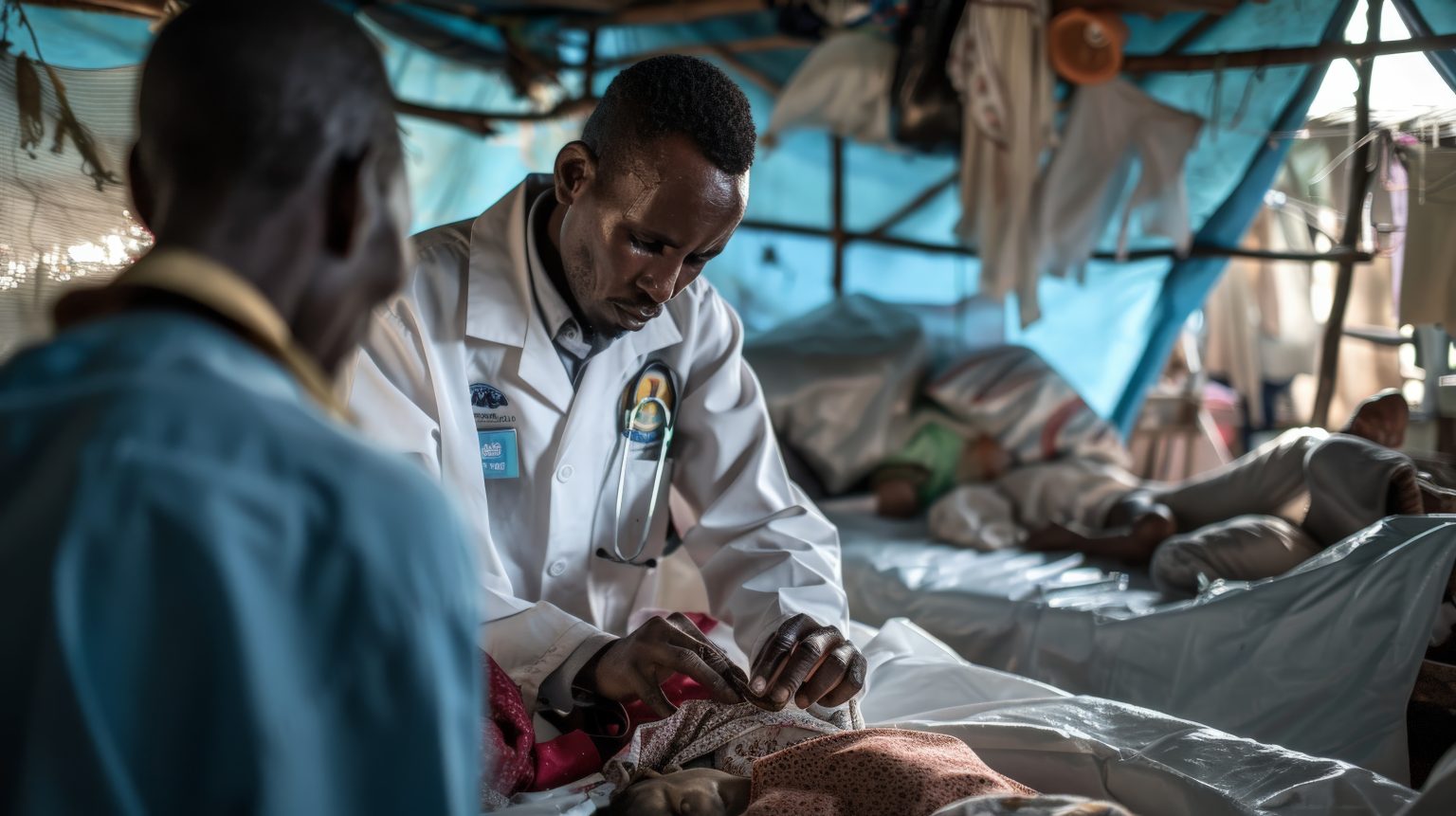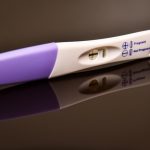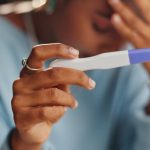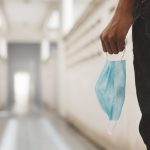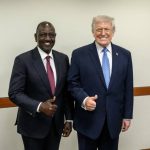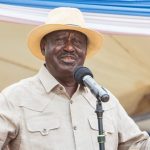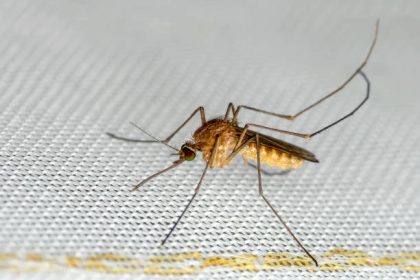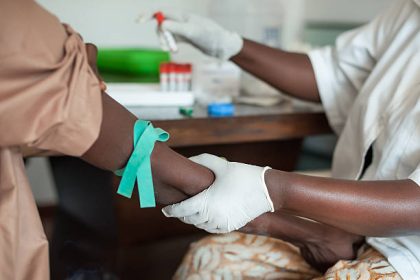Kenya shells out Ksh12.2 billion annually on ‘government transportation’ — a game-changer if redirected to vital sectors like healthcare…without relying on foreign aid!
It is only a fortnight into US Donald Trump’s presidency and the new policies emerging from the White House are jolting the global economy in quick succession. The most significant has been a freeze on foreign aid for 90 days pending review.
In a curious interview with journalists, Karoline Leavitt – the youngest White House press secretary in history – read out a list of project initiatives that USAID has reportedly spent taxpayers on.
“These are some of the insane priorities that that organization has been spending money on,” Leavitt claimed. “$1.5 million (Ksh193 million) to advance DEI in Serbia’s workplaces, $70,000 (Ksh9 million) for a production of a DEI musical in Ireland, $47,000 (Ksh6 million) for a transgender opera in Colombia, $32,000 (Ksh4.6 million) for a transgender comic book in Peru. However, there are those voices that will point to life-saving work conducted by the United States Agency for International Development (USAID), not least the highly regarded famine detection system.
An extended freeze on foreign aid will have a visible impact on Kenya. For several years, donor funding has been the “third engine” of Kenya’s economy complementing both public sector spending and the private sector. As it stands, the public sector is facing serious constraints as many parastatals are facing either a merger or outright dissolution. Similarly, the private sector has also been increasingly lethargic on account of insufficient access to credit amidst a high interest-rate regime. The prospect of three choking engines propelling East Africa’s largest economy should worry all of us. A concerted reorganization of our fiscal and monetary policy will be necessary and urgent to counter a looming income shock that could engulf both households and businesses.
There are some analysts who have argued that, in the event of an extended freeze on US foreign aid, the European Union could step in to fill in any gap in donor funding. However, this optimism might be misplaced. First of all, the United States has by far the largest budget for foreign aid at a staggering $68 billion (Ksh7 Trillion)
Germany and the United Kingdom stand at a distant second and fourth place, respectively. Secondly, the plethora of challenges facing Europe was a recurring theme in the recent World Economic Forum 2025 in Davos, Switzerland. Key speakers pointed to sluggish economic growth and domestic political instability in key EU economies such as Germany and France, as real challenges that will demand innovative solutions.
Considering this analysis, it would not be prudent for Kenyan policymakers to sit back and wait for external actors to step in. If anything, they will need to swing into action and consider three scenarios: the best-case, the worst-case and a likely-case outcome. The best-case scenario would involve the current freeze on programs in Kenya being lifted within 90 days and all operations resuming normally. The worst-case scenario would mean a total shutdown of all operations in Kenya which would impact approximately 40,000 jobs and cut off the nearly Ksh80 billion that is disbursed annually to fund critical programs such as the President’s Emergency Plan for AIDS Relief (PEPFAR), malaria initiative and Global Health Security Agenda.
In such a context, it would be important to underscore that there would be twin risks on both the health and economic front. A working committee co-chaired by the Cabinet Secretaries for Treasury and Health will be critical for coordinating an effective response to the situation. The Treasury CS would be in charge of setting up a stabilization fund that would sustain critical initiatives for 18 months to allow for an orderly reorganization of the entire ecosystem.
The Health CS would subsequently have some breathing room to map out all the health operations and to select the ones that can be absorbed into mainstream government departments. In some cases, the government could try to incentivize the private sector to develop sustainable solutions to address some of these challenges and create jobs while at it.
Eventually, the long-term questions will still need to be addressed. Sixty years after independence, is it not time that Kenya stands on its own two feet? A casual glance at a recent government report reveals heavy overspending on areas that may not be critical or may be hard to audit. For example, the statistics on budgetary allocation to government transportation stood at Ksh12.2 billion for the year 2023/2024. Surprisingly, there is no repository of government fleet data making it impossible to value transport assets. Could these be the avenues that demand greater accountability with the greatest priority going into critical sectors such as healthcare?
Finally, there is a compelling case for foreign policy diversification. While the United States has played a great role in international development, the concentration risk that comes with hefty donor funding from one entity is not insignificant. Kenya needs to build a rich array of development partners from all corners of the world – from Japan to Germany; from Brazil to the Middle East. Embracing this new multi-polar world will not only enhance stability but will also nurture a rich diversity of ideas and expectations.
Ken Gichinga is Chief Economist at Mentoria Economics.



